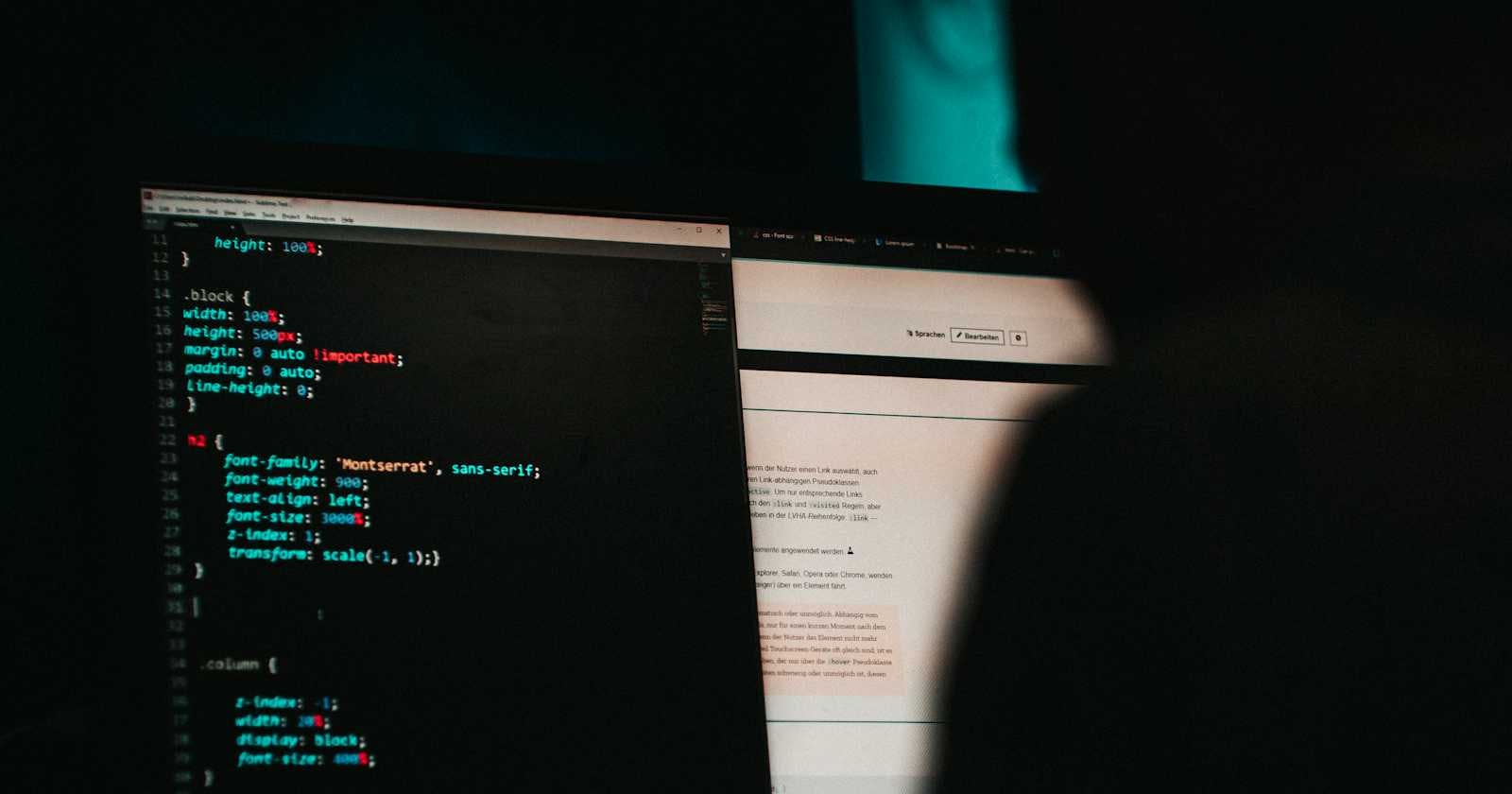In the world of web development, CSS (Cascading Style Sheets) plays a crucial role in determining the visual presentation of a webpage. While many developers are familiar with basic CSS selectors like class and ID selectors, mastering more advanced selectors can significantly enhance your ability to style web pages with precision and efficiency.
In this article, we'll explore some lesser-known CSS selectors that can be incredibly powerful when used correctly. By understanding and implementing these selectors effectively, you can take your web design skills to the next level. Just a pro tip, this was asked in the Interview.
Descendant Selector (
div p): The descendant selector targets all<p>elements that are descendants of a<div>element. This allows you to style paragraphs specifically within a particular section or container, without affecting other paragraphs on the page.Child Selector (
div > p): The child selector targets only the<p>elements that are direct children of a<div>element. This selector provides even greater specificity, ensuring that only paragraphs immediately nested within the specified<div>are styled accordingly.Adjacent Sibling Selector (
div + p): The adjacent sibling selector targets the<p>element that directly follows a<div>element. This can be useful for applying unique styles to paragraphs that immediately follow specific elements, such as headers or dividers.General Sibling Selector (
div ~ p): The general sibling selector targets all<p>elements that are siblings of a<div>element. This allows you to apply consistent styles to paragraphs that share the same parent element.
/* Selects all <p> elements that are descendants of a <div> element */
div p {
color: blue;
}
/* Selects all <p> elements that are direct children of a <div> element */
div > p {
color: red;
}
/* Selects the <p> element that is immediately preceded by a <div> element */
div + p {
color: green; /* Example color */
}
/* Selects all <p> elements that are siblings of a <div> element */
div ~ p {
color: orange;
}
Wondering what is the prirority for this ?
Inline styles: Styles defined directly within the HTML element using the
styleattribute. Inline styles have the highest specificity and will override any other styles applied externally.ID selectors: Selectors targeting elements by their unique
idattribute. They have a higher specificity compared to class selectors.Class selectors, attribute selectors, and pseudo-classes: Selectors targeting elements based on their class names, attributes, or pseudo-classes (like
:hover,:focus, etc.).Element selectors and pseudo-elements: Selectors targeting HTML elements directly, such as
div,p,a, etc., or pseudo-elements like::beforeand::after.Universal selectors and combinators: Selectors that apply styles universally or based on relationships between elements, such as
*,+,>,~, etc.
By incorporating these advanced CSS selectors into your coding repertoire, you can achieve finer control over the styling of your web pages. Whether you're refining the layout of a complex website or adding subtle design touches to enhance user experience, mastering these selectors is sure to elevate your CSS skills.
Experiment with these selectors in your projects to gain a deeper understanding of their capabilities and nuances. With practice and creativity, you'll soon find yourself wielding CSS selectors like a true master, effortlessly crafting visually stunning web pages with precision and flair.
So, dive into the world of CSS selectors and unlock a new level of styling finesse for your web development endeavors.


